Pretoria’s Javett Arts Centre takes its cues from the local culture and landscape
The University of Pretoria in South Africa gets new art centre, Javett UP, courtesy of Matthews + Associates Architects
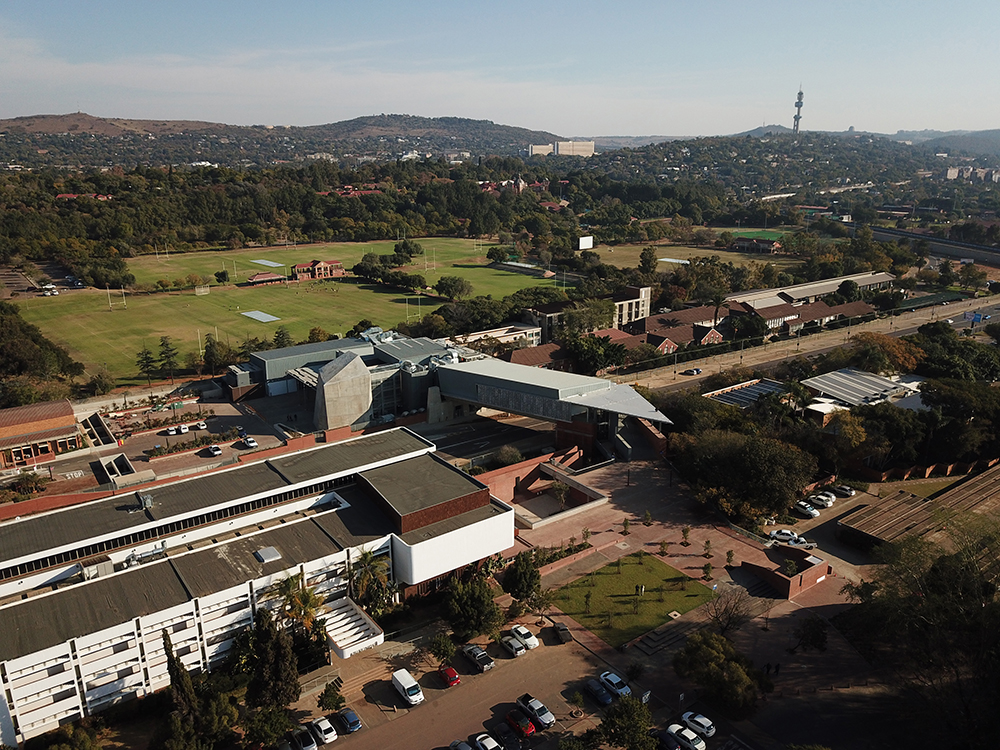
As creative rivalries go, the contest between Cape Town and two geographically proximate northern cities, Johannesburg and Pretoria, probably constitutes a footnote in any primer on global design. Still, local history does matter in appreciating the Javett Arts Centre at the University of Pretoria (Javett UP), a 4500 sq m art museum in South Africa’s socially dour but architecturally daring administrative capital.
While not explicitly pitched as such, Javett UP reads as a northern riposte to two attention-grabbing private art museums in Cape Town: the Thomas Heatherwick-designed Zeitz MOCAA and Norval Foundation by dhk Architects. Designed by Pieter J. Mathews, of local practice Mathews + Associates Architects, Javett UP straddles a busy arterial road slicing through a university known for its boldly modernist architecture.
Highlights include two fine examples of Pretoria Regionalism: Karel Jooste’s Aula and Brian Sandrock’s Musaion and Amphitheatre complex, Brazilian-inspired arts buildings from 1958. Like Jooste and Sandrock, Mathews is also a graduate of the University of Pretoria. ‘I am very aware of the heritage and history of the campus, but I am not daunted by it,' says Mathews, whose previous projects include a steel-framed sports pavilion with a dramatically extending roof for a nearby girls’ high school. This is the architect’s first museum project.
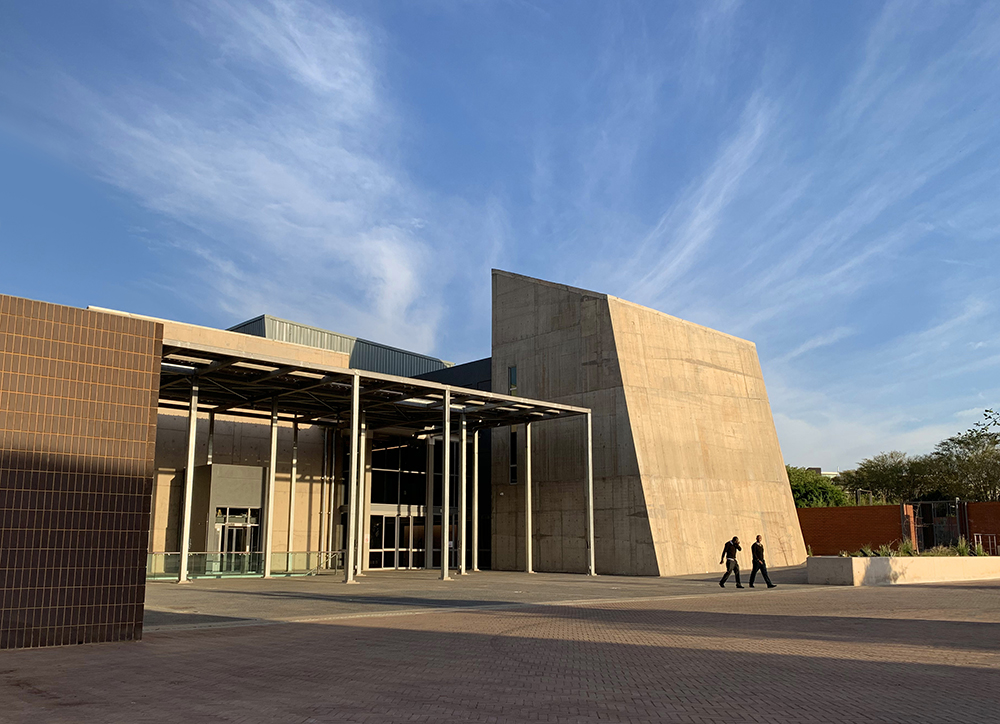
Javett UP is a synthesis of two basic forms (a bridge and mountain) and three materials (off-shutter concrete, brick and steel). The faceted concrete mound at the entrance is loosely modelled on Mapungubwe, a hill inhabited by a pre-colonial trading civilisation in northern South Africa. This vault-like structure houses both the Mapungubwe Gold Collection and Barbier-Mueller Collection, a sublime assembly of West African gold pieces.
The public displays are spread across three floors, with additional mezzanine areas easing the hike up seven metres of stairs to the enclosed Bridge Gallery. Interior balconies serve as orientation devices and a large window on the museum’s southern facade overlooks a boys’ school where pioneering artist Walter Battiss once taught. The patterned concrete screens on the western façade are climate-responsive additions intended to absorb afternoon heat. Their randomised patterns are an abstraction of three forms (circle, diamond and cross) used on a popular indigo-dyed cloth known as Shweshwe.
Mathews says his design honours the ‘spirit and honesty of brutalist construction methods,' and also prefers to link its form to a nonpartisan tradition of brutalist architecture in South Africa. His next project is an architectural pavilion for the inaugural Stellenbosch Triennale, which opens in February 2020.
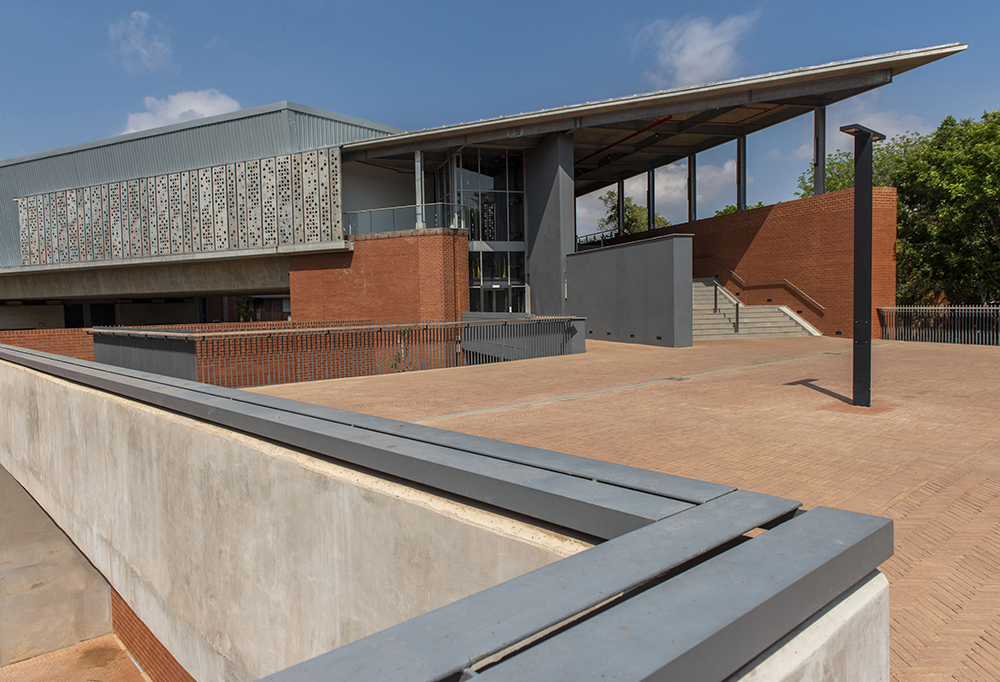
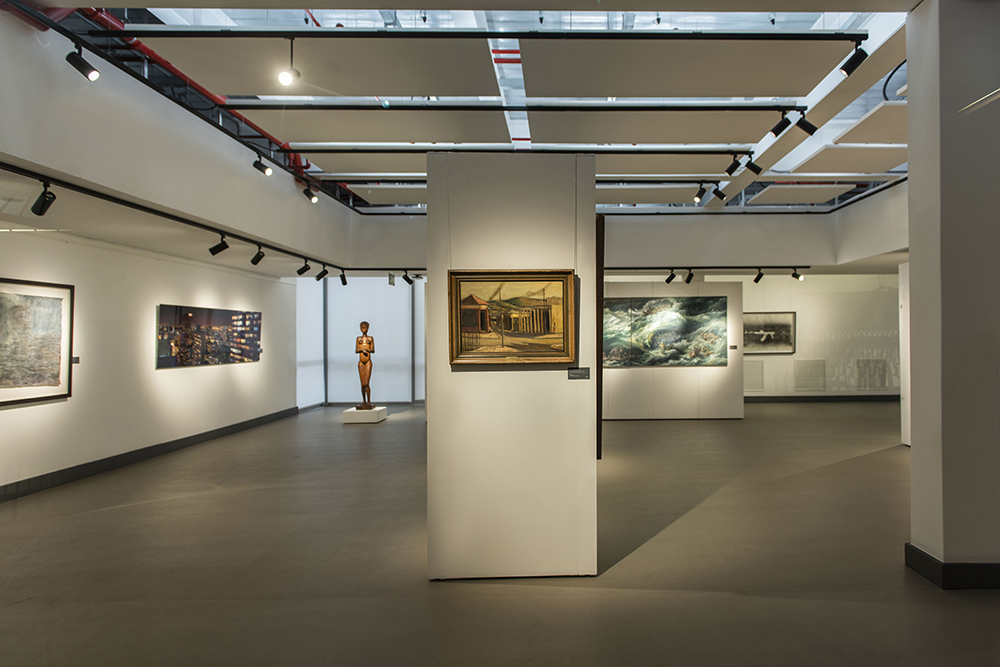
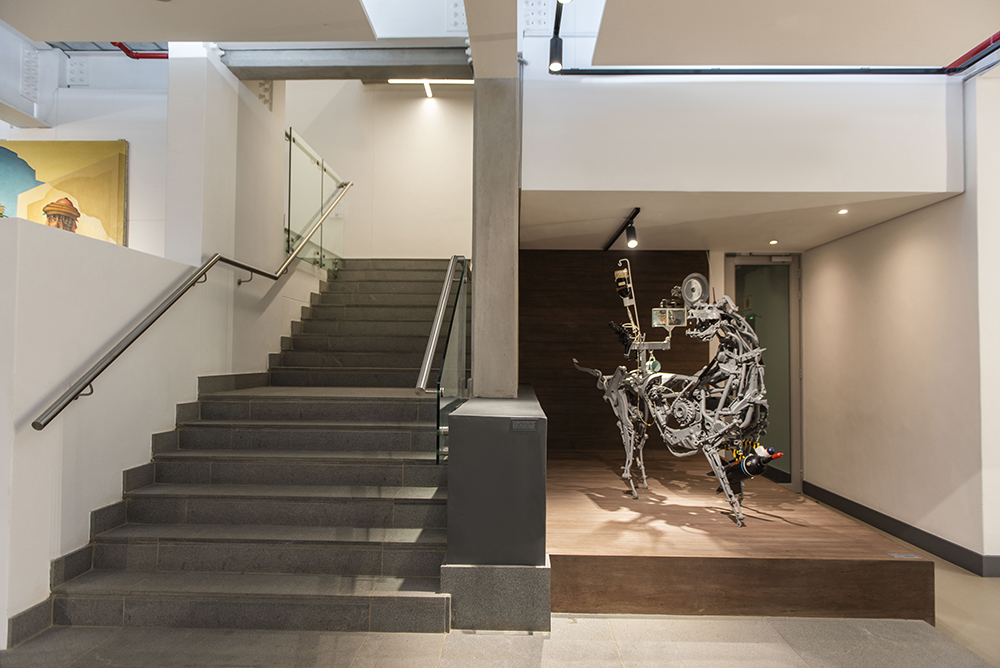
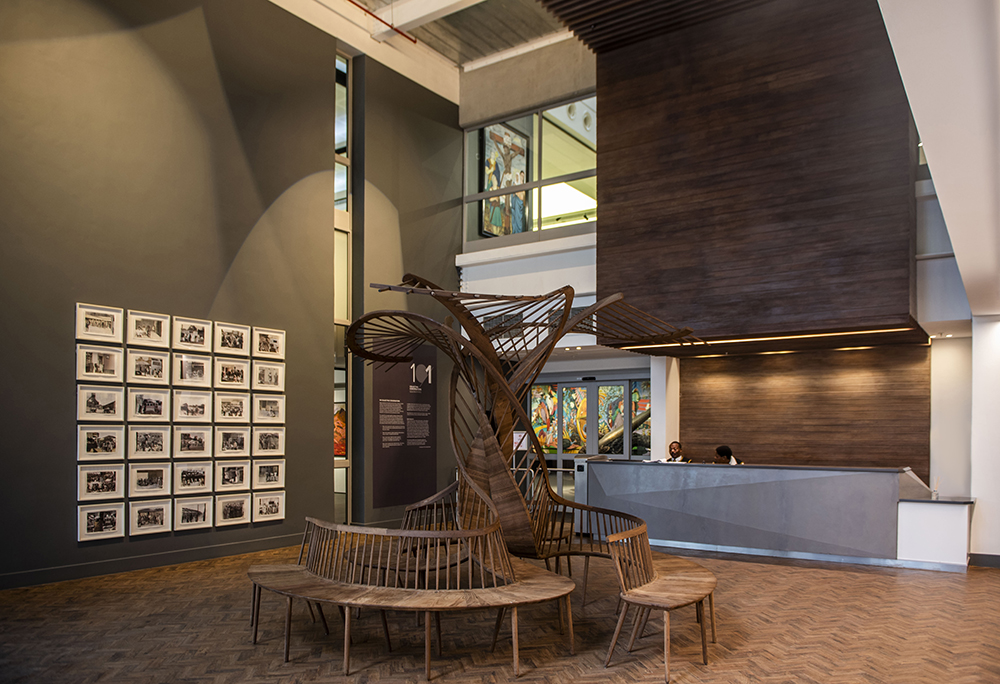
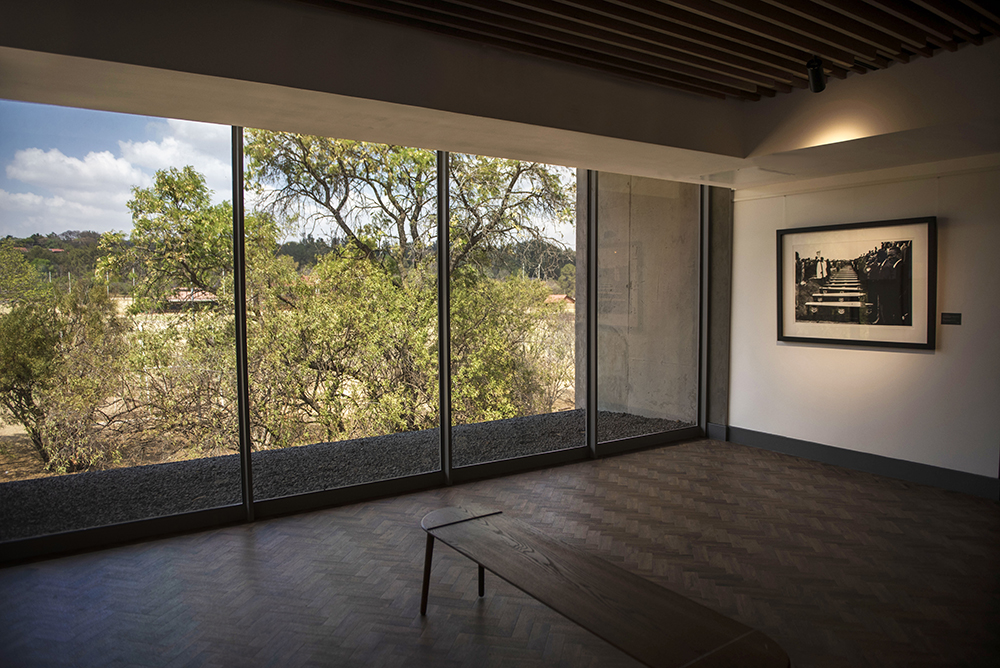
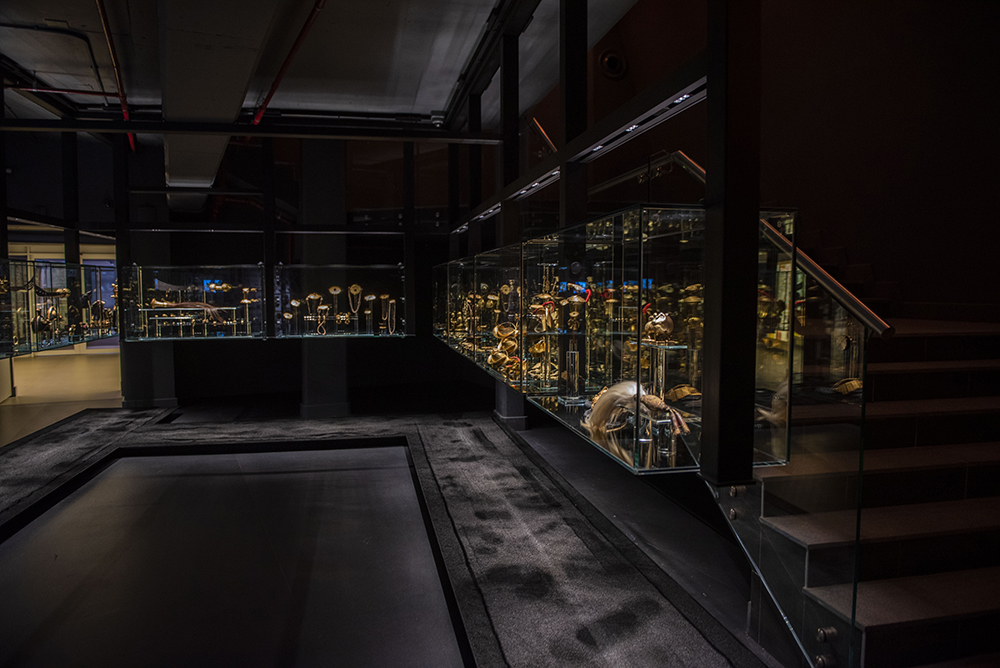
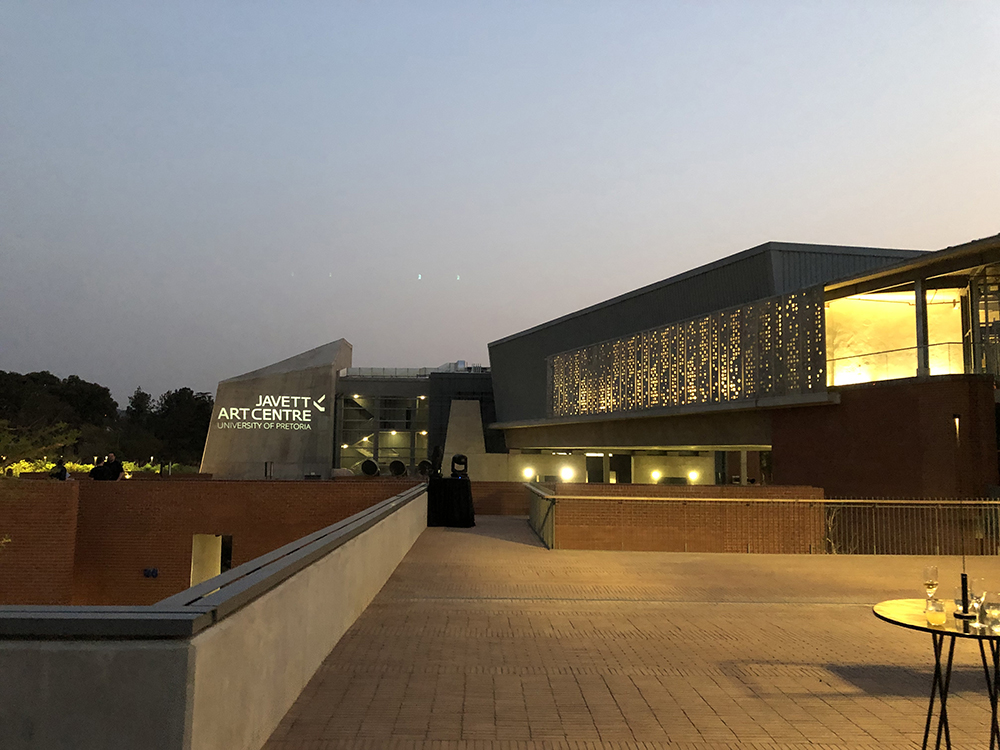
INFORMATION
Wallpaper* Newsletter
Receive our daily digest of inspiration, escapism and design stories from around the world direct to your inbox.
Sean O’Toole is writer, editor and curator based in Cape Town. He has published two books, most recently a 2021 monograph on the expressionist painter Irma Stern, as well as edited three volumes of cultural essays, including 'The Journey: New Positions on African Photography', which received a New York Times critics’ pick for Best Art Books 2021. His exhibition projects include 'Photo book! Photo-book! Photobook!' at A4 Arts Foundation, Cape Town.
-
 All-In is the Paris-based label making full-force fashion for main character dressing
All-In is the Paris-based label making full-force fashion for main character dressingPart of our monthly Uprising series, Wallpaper* meets Benjamin Barron and Bror August Vestbø of All-In, the LVMH Prize-nominated label which bases its collections on a riotous cast of characters – real and imagined
By Orla Brennan
-
 Maserati joins forces with Giorgetti for a turbo-charged relationship
Maserati joins forces with Giorgetti for a turbo-charged relationshipAnnouncing their marriage during Milan Design Week, the brands unveiled a collection, a car and a long term commitment
By Hugo Macdonald
-
 Through an innovative new training program, Poltrona Frau aims to safeguard Italian craft
Through an innovative new training program, Poltrona Frau aims to safeguard Italian craftThe heritage furniture manufacturer is training a new generation of leather artisans
By Cristina Kiran Piotti
-
 The Yale Center for British Art, Louis Kahn’s final project, glows anew after a two-year closure
The Yale Center for British Art, Louis Kahn’s final project, glows anew after a two-year closureAfter years of restoration, a modernist jewel and a treasure trove of British artwork can be seen in a whole new light
By Anna Fixsen
-
 You’ll soon be able to get a sneak peek inside Peter Zumthor’s LACMA expansion
You’ll soon be able to get a sneak peek inside Peter Zumthor’s LACMA expansionBut you’ll still have to wait another year for the grand opening
By Anna Fixsen
-
 NYC's The New Museum announces an OMA-designed extension
NYC's The New Museum announces an OMA-designed extensionOMA partners including Rem Koolhas and Shohei Shigematsu are designing a new building for Manhattan's only dedicated contemporary art museum
By Anna Solomon
-
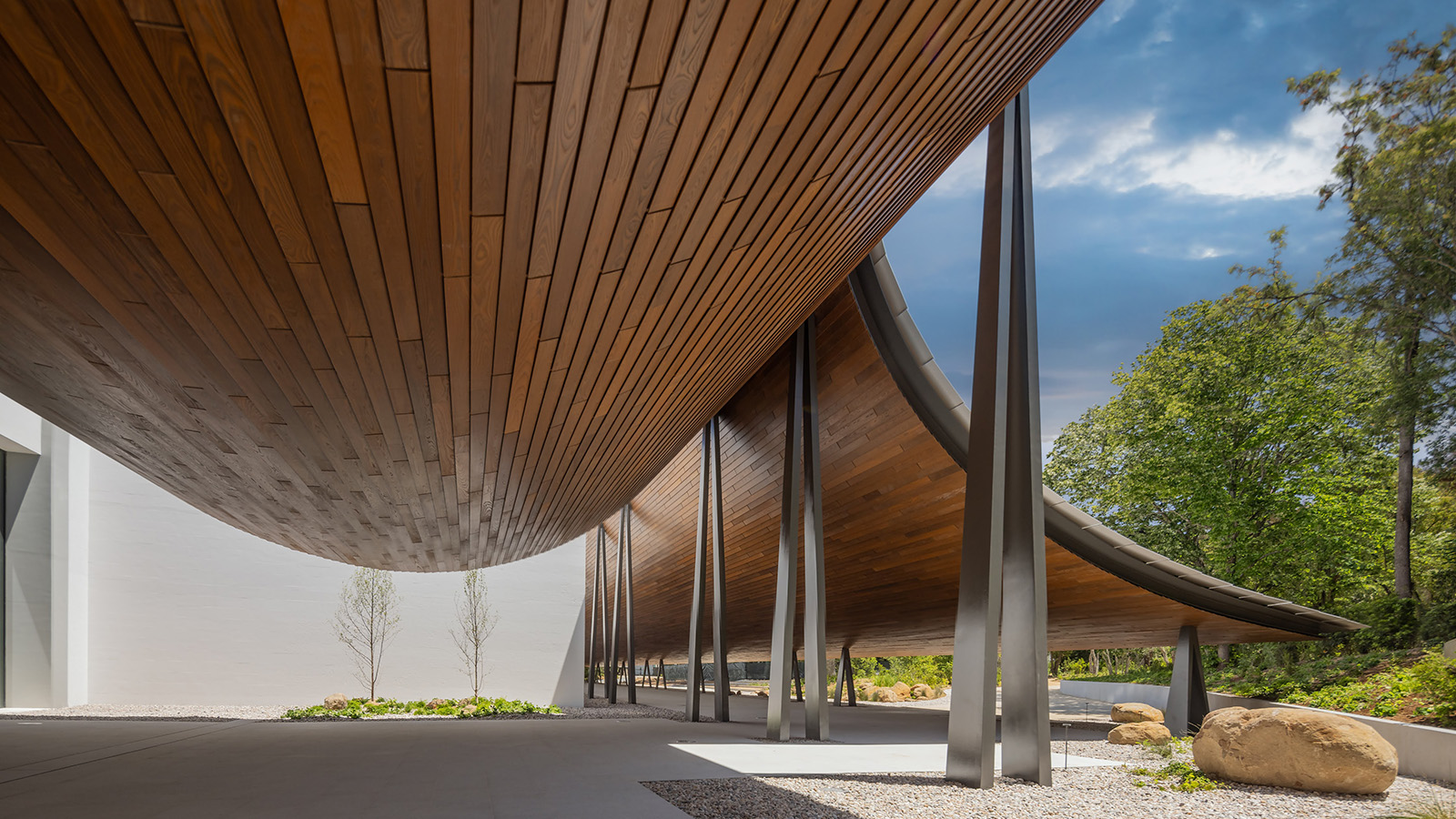 Gulbenkian Foundation's new art centre by Kengo Kuma is light and inviting
Gulbenkian Foundation's new art centre by Kengo Kuma is light and invitingLisbon's Gulbenkian Foundation reveals its redesign and new contemporary art museum, Centro de Arte Moderna (CAM), by Kengo Kuma with landscape architects VDLA
By Amah-Rose Mcknight Abrams
-
 Remembering Alexandros Tombazis (1939-2024), and the Metabolist architecture of this 1970s eco-pioneer
Remembering Alexandros Tombazis (1939-2024), and the Metabolist architecture of this 1970s eco-pioneerBack in September 2010 (W*138), we explored the legacy and history of Greek architect Alexandros Tombazis, who this month celebrates his 80th birthday.
By Ellie Stathaki
-
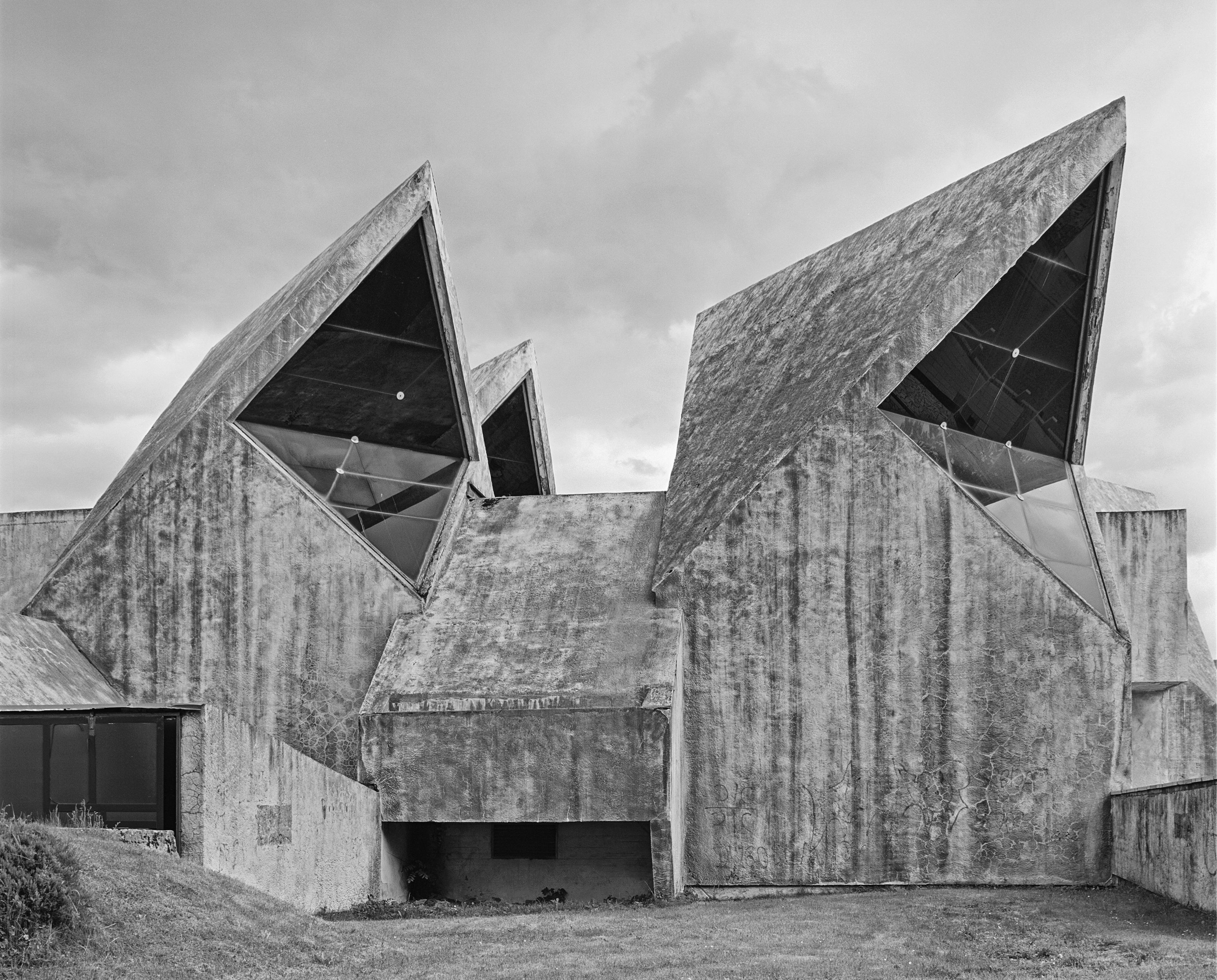 All hail the power of concrete architecture
All hail the power of concrete architecture‘Concrete Architecture’ surveys more than a century’s worth of the world’s most influential buildings using the material, from brutalist memorials to sculptural apartment blocks
By Jonathan Bell
-
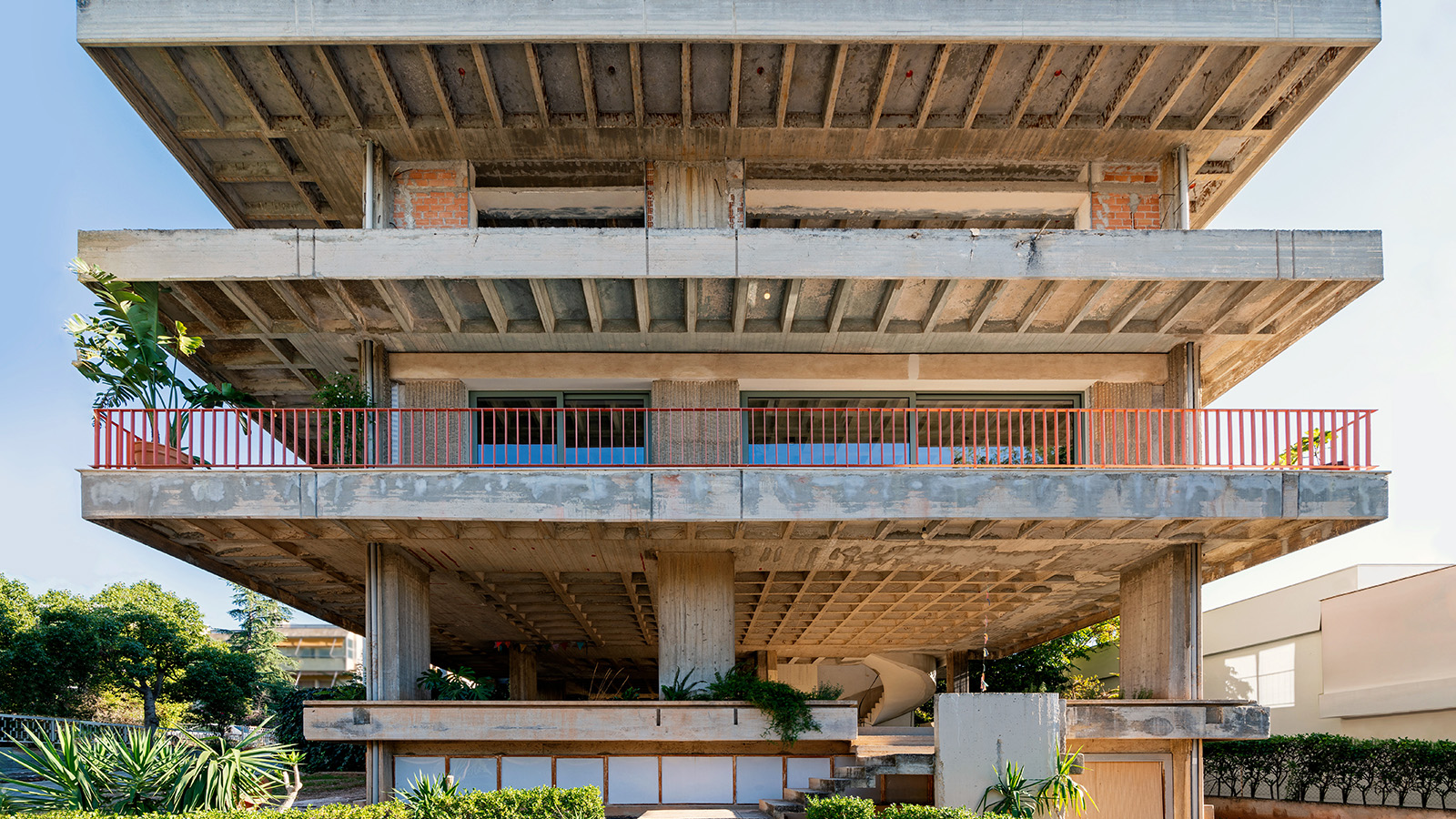 Three Object Apartment embraces raw concrete honesty in the heart of Athens
Three Object Apartment embraces raw concrete honesty in the heart of AthensThree Object Apartment by DeMachinas is a raw concrete home in Athens, which confidently celebrates its modernist bones
By Ellie Stathaki
-
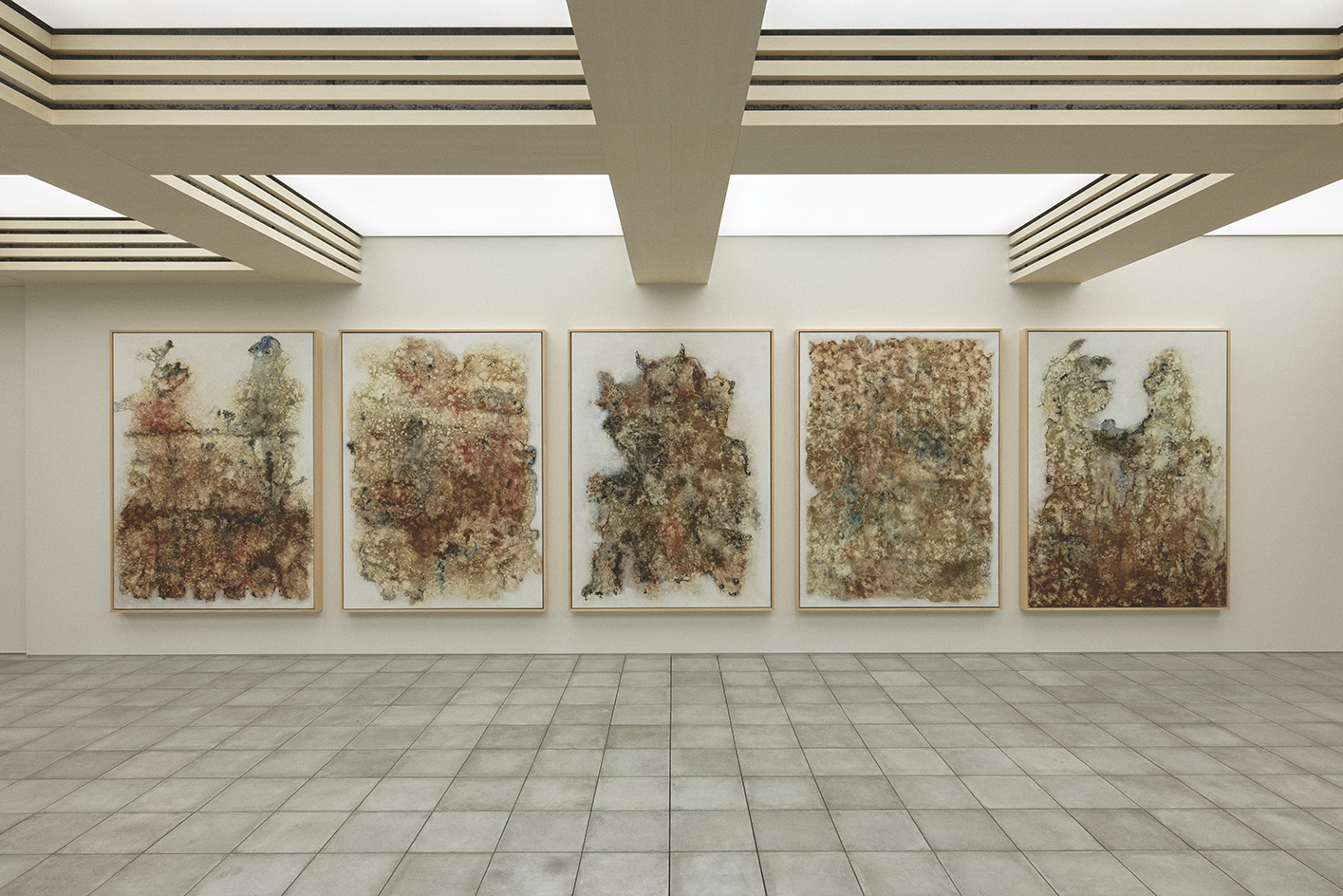 Space Un celebrates contemporary African art, community and connection in Japan
Space Un celebrates contemporary African art, community and connection in JapanSpace Un, a new art venue by Edna Dumas, dedicated to contemporary African art, opens in Tokyo, Japan
By Nana Ama Owusu-Ansah